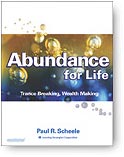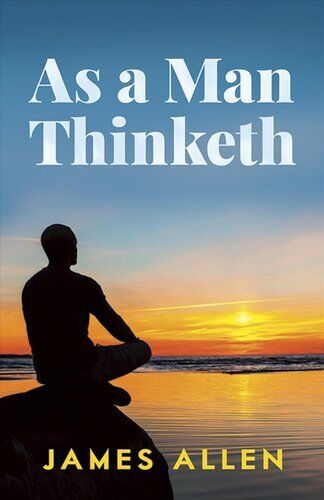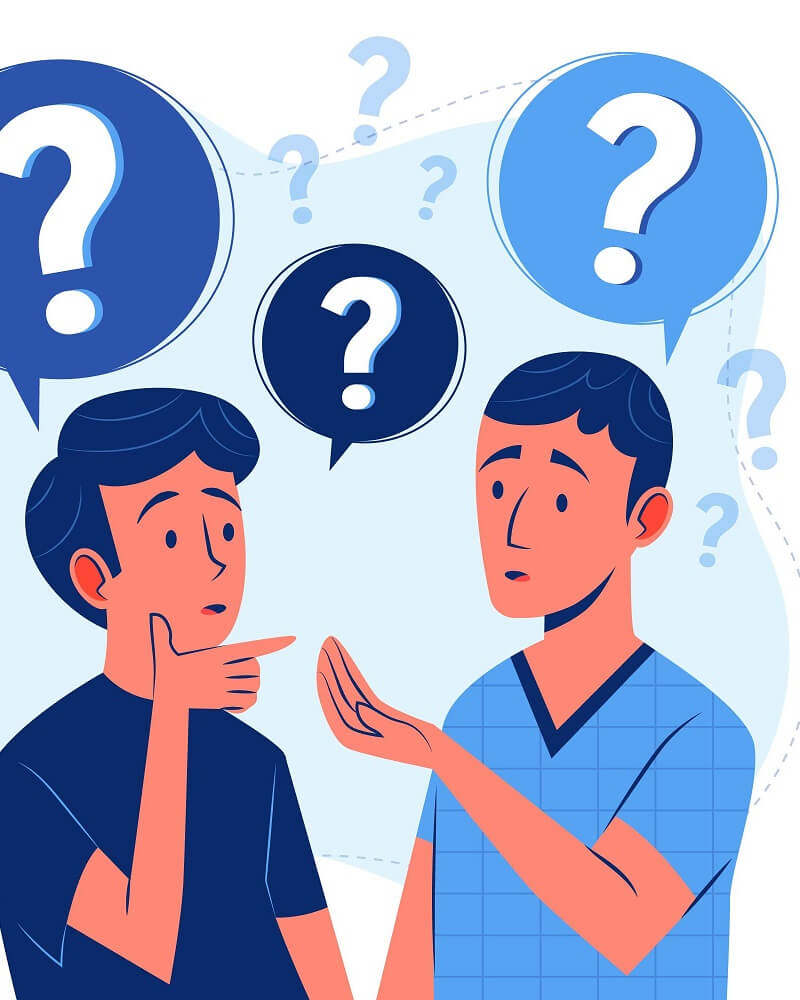Scientific Proof That Mind Machines Work!
Welcome!
I’ve spent the last five years reading all the available research on mind machines — and now I’ve pulled together the most accessible of this information as a way to encourage you to try this technology yourself.
To the scientific community, devices like the MindLab are known by a wide variety of names: Photic Stimulators, Brain Wave Synchronisers (BWS), Light and Sound devices (LS) and Audio Visual Stimulators (AVS). However it’s described, the proven fact is that these devices have a wide range of beneficial effects — and there’s a wealth of experimental evidence and research to show this.
— Chris, ex-MD at LifeTools
The picture above shows a brain map before a 30-minute session on a Mind’s Eye light and sound device (an earlier version of the MindLab Proteus). Notice the lack of symmetry, and the ‘thinking’ Beta activity shown by the green colouring at the back of the left side of the brain.
This is the same person after a Mind’s Eye session: all the thinking Beta activity has gone (the person’s mind is quieter), and notice the symmetry between both hemispheres: a sense of inner balance.
Headaches banished
Glen Solomon MD reported in Headache magazine that both chronic and acute muscle contraction headaches were relieved with slow wave photic stimulation. 14 of 15 patients in this group noted complete relief of their headache. One patient noted a 75% reduction in headache intensity. Five of the six patients in this group noted complete relief of their headache. In a placebo controlled trial, none of the four responded to placebo, but all responded to treatment with slow wave photic stimulation.
Pain relieved, blood pressure lowered
Norman Shealy MD, PhD (author of “the Creation of Health”) and colleagues, using several mind machines, found that “all subjects reported increased relaxation after 30 minutes of BWS, with all but four subjects reporting relaxation depths of 60% or greater, most above 75%. When BWS was combined with self-hypnotic CDs, consistent relaxation depths of 70 to 100% were reported.”
Also “in 72 patients in whom blood pressure, pulse and pain intensity were measured, blood pressure and pulse were reduced 4 to 10% in 58 patients, and pain was decreased 30 to 100% in 60 patients (average over 50%).”
Shealy also reported that beta endorphins increased by 10 to 50% with an average of 14% increase: “the increase in beta endorphins after BWS is associated with a sense of well-being and decreased pain. Increases in norepinephrine and serotonin and the decrease in melatonin suggest an increased level of alertness.” He continued “In the last 15 years we have used BWS on over 5,000 clients. Most patients find BWS useful in increasing relaxation and in assisting them in practising the mental relaxation exercises as well as in decreasing pain.”
A final finding was that “BWS leads to enhanced sleep induction, especially at the self selected low theta rate. And return to sleep is more rapid with BWS if one awakens during the night and uses BWS to return to sleep.”
Instant zazen, increased creativity
Bruce Harrah-Conforth PhD used a forerunner of the MindLab Proteus in extensive trials with 15 volunteers, the effects on their brains being carefully monitored by EEG.
“One of the most frequently touted claims for light and sound entrainment devices is that they balance the brain’s left and right hemispheres. the phenomena associated with the device would seem to validate this claim and be associated with intense discharges from the sympathetic and parasympathetic nervous systems.”
Harrah-Conforth reported a “simultaneous discharge… indicative of trophotropic (non-dominant) and ergotropic (dominant) hemispheric arousal… Psychologically, these states are associated with Zazen and yogic Samadhi and can include creative and ecstatic experiences.”
As for the four types of brainwaves, he found “significant change in theta in the theta band in 81% of subjects, alpha increase in 68%, and beta enhancement in 31%. Subjects reported feeling marked changes in their bodily sensations during the sessions. This seems to correspond to an increased production of theta and alpha waves and an occasional attentuation of alpha waves experiences by subjects while using the machine.”
Helping the learning disabled
In a series of three studies with learning disabled children, research by Harold Russell PhD and John Carter PhD at Houston University found that “systematic regular use of the AVS entrainment procedures appears to result in measurable improvements in brain functioning in whichever is the lower functioning hemisphere. Equalisation of functioning may be of particular relevance to learning disabled and possibly attention deficit disorder children.”
Sound and light research
Michael Hutchison wrote in the book Megabrain Power: “It has been well established over the last 50 years of research that light and sound devices can rapidly produce states of deep relaxation, may increase suggestibility and receptivity to new information, and may enhance access to subconscious material.”
Brainwave entrainment
British psychologist Julian Isaacs, PhD, working in the USA with a private research group called the Other 90 Percent, studied the brainwave effects of light and sound devices using an advanced brain-mapping EEG. they found “very clear evidence of brainwave driving” as well as a very strong correlation between the intensity of the light used and the brain entrainment: the brighter the lights, the more entrainment.
Relaxation for sedation
In 1988 anaesthesiologist Robert Cosgrove Jr. PhD, MD, undertook preliminary studies of light and sound. In his initial evaluations, Cosgrove, an authority in pharmaceutics and biomedical engineering, noted that light and sound was “clearly very powerful in its ability to cause deep relaxation in most subjects.
“Its effectiveness has been so great that we are very enthusiastic about the prospect of evaluating the device for its sedative properties in patients prior to, during, and immediately following surgery. We are also undertaking studies to prove its utility in chronic stress.”
NB: Occasionally we’ve added words to make grammatical sense of the quotes. In no way have we altered the authors’ original meaning.
All the above quotes have been extracted from our report called “Research on light and sound”.
For your FREE copy of the full 15,000-word scientific report, click here .
 Abundance for Life Deluxe
Abundance for Life Deluxe 

